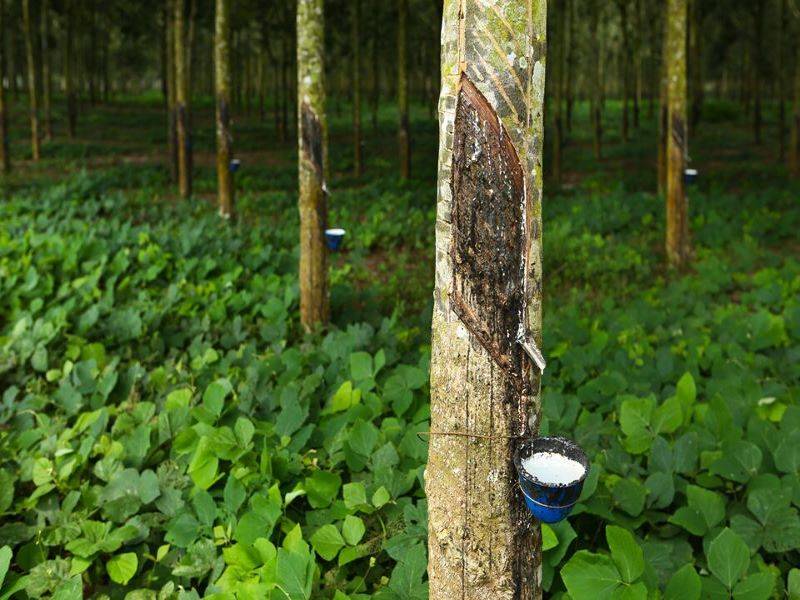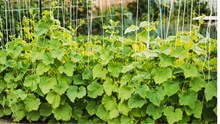
Not many of us would've forgotten Andrés Iniesta's goal that established Spain as the world champions at Soccer City, Johannesburg on 11 July 2010. Though Iniesta scored, it wasn't to happen without some help from the rubber planters of Kerala. How are Kerala and World Cup related? The question is well anticipated. The Jabulani that graced the green turfs of South Africa was made with the superior quality rubber produced in God's own country.
India is the third-largest producer of rubber in the world after Thailand and Indonesia, accounting for about 9% of the global production. To put it in quantities, India produces nearly 6 to 8-lakh tonnes of natural rubber each year. The 90% of that share is produced by a single state, Kerala.
Rubber was brought to India during the colonial times; the British covered the hilly areas of Kerala with rubber, which later replaced coconut trees across different parts of the state. A population so reliant on coconut trees fell in love with the foreigner, rubber; and thus began the story. Today a considerable portion of the people depends on the rubber industry for a living.
During the initial decades, large estates and holdings were associated with rubber plantation. That's not the case now, smallholdings account for the majority of the production in the state. Districts like Kottayam, Kollam, Ernakulam, Kozhikode, Thrissur and Idukki have rubber plantations that produce high-quality latex that is dearer to the world Market. Kottayam is where the rubber is loved more than anywhere in Kerala, or maybe in the whole country. Kottayam accounts for the majority of rubber plantations and production. There is no wonder Kottayam is called the 'Land of Latex.' The district in the central part of Kerala has risen itself to be the face of the Indian rubber industry. In fact, the Rubber Board, the statutory body constituted under the Rubber Act of 1947 has its headquarters in Kottayam.

Each year the state witness an increase in people associated with the rubber industry, thanks to the demand of rubber which has always been on the rise from day one. Natural rubber is around us in different forms, from car tyres to erasers, the demand never decreases. In fact, the nation or the state's produce is largely consumed by the nation itself. The export demands more production from the state and different parts of the country.
From the first real plantations in 1895 to be the top producer in the country, the state has come a long way in producing high-quality natural rubber. But what makes the state ideal for rubber cultivation? How is rubber produced in the state? What are the varieties; which variety is widely used in Kerala? Stay tuned for the next part to find the answers.
(To be continued…)















